If you are like many small drapery workrooms, you do it all from designing to fabricating and installing. Installation does not have to be a daunting task though, with some careful planning, some knowhow and the right tools of the trade just about any size of window treatment can be put up by an individual.
The biggest problem when installing by yourself is how to handle very large treatments. Take large board mounts for instance; one of the easiest ways I’ve found to overcome difficulties is to attach the window treatment with hook and loop tape to the board. I staple the hook side to the board and the loop side to the fabric. The loop side is a softer texture and will not harm the fabric when handled or washed. This way the boards can be mounted on the wall separately, eliminating any excess weight of the fabric. First I mount all my L-brackets using the largest size I can considering the projection of the board. I like to install a bracket every two to three feet. I then place the board on top of the brackets (because I use a large size bracket the board will sit on it like a shelf without the threat of falling down) and screw it into place. If there is some concern about the board slipping before it is screwed into place double sided carpet tape can be used on each bracket to hold the board in place. Once the board is securely installed, the window treatment just needs to be stuck on using the hook and loop tape. (I call these peel and stick treatments)
Long traverse rods can present a problem also. First of all, install all the brackets. Use all of the center supports that come with the rod for the best stability. Next using a short piece of cord or picture wire (both are a must in your tool box) string the cord through a hole in the end of the rod. Tie the cord in a knot and make a loop about four inches in diameter and place this loop over the end bracket. This end of the rod will just hang loosely under the bracket. Then go to the other side of the window and swing the other end of the rod up and pop it into the bracket. Return to the end with the cord loop, remove the cored and pop that end into the bracket. Now you can lock-in the center supports and continue with your installation
This method can be used for any long rod, be it 2.5”, wood, metal etc.
A great trick to installing all the brackets at the same level is to install the two outside end brackets first and using a thin cord or string, attach the string to one end bracket and pull it across to the other end bracket keeping it pulled tightly against the wall. This gives you a plumb line for installing the other brackets. Often when measuring from the ceiling down or from the floor up it’s not even, and the brackets will not line up.
Of course once in a while the window is such that you may need to hire an installation assistant but for the most part by planning ahead, the job should go up with ease.
Let me know if you have any helpful tips of your own?



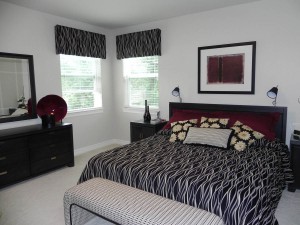
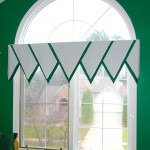
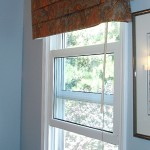

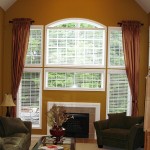
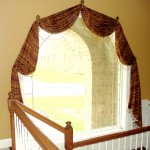
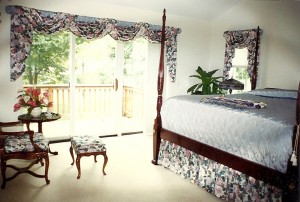
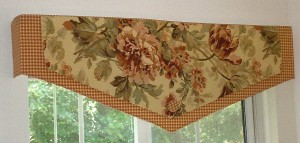





by Susan Dorbeck
some pretty good stuff here.